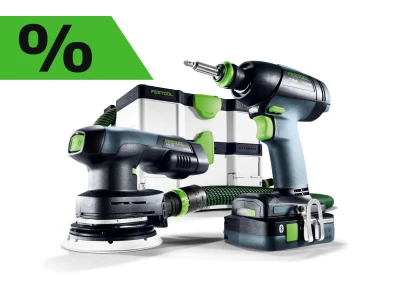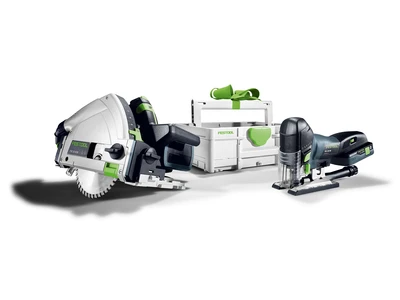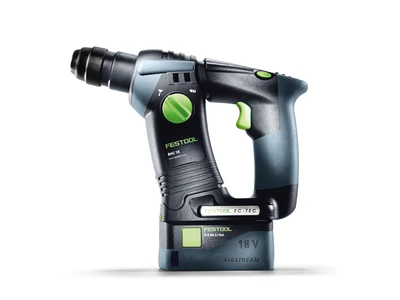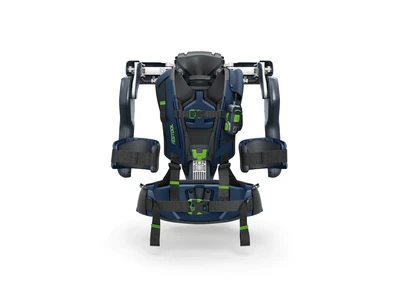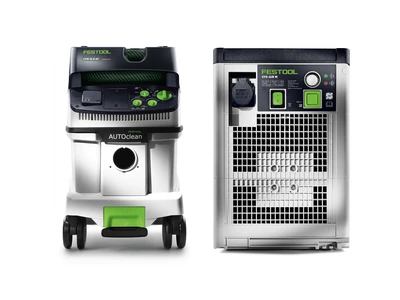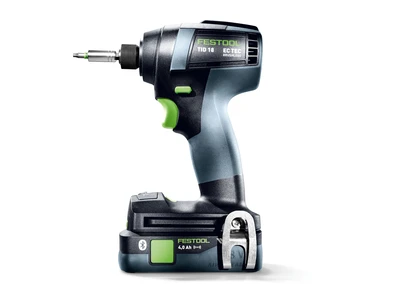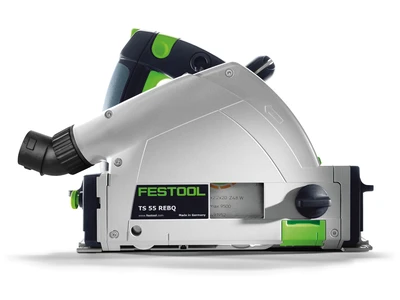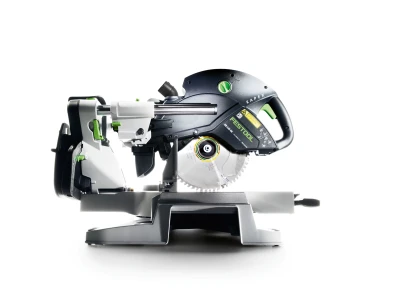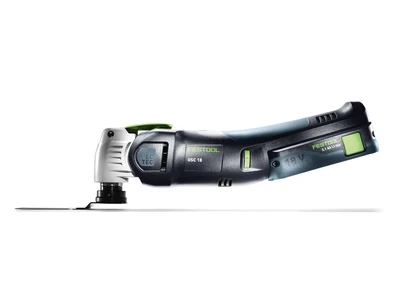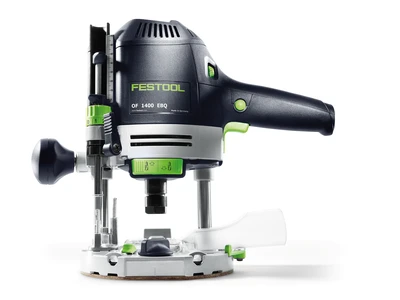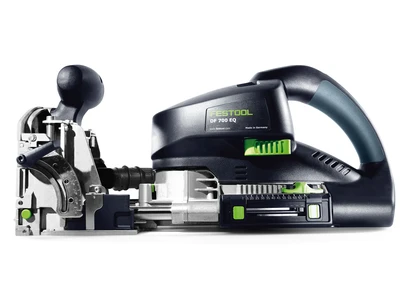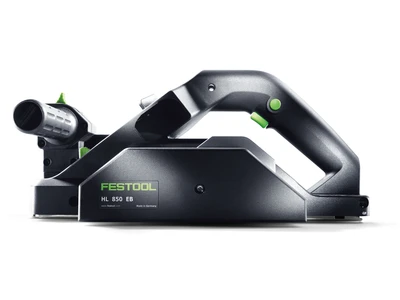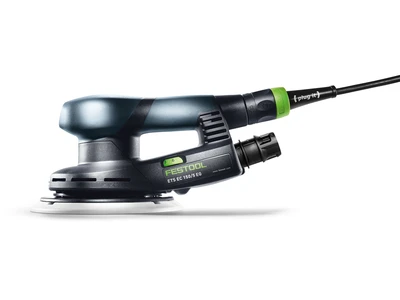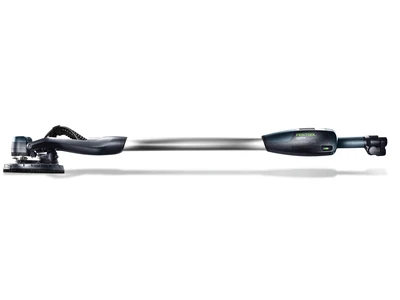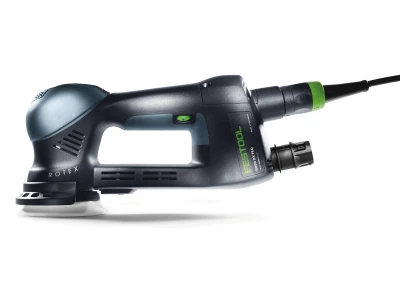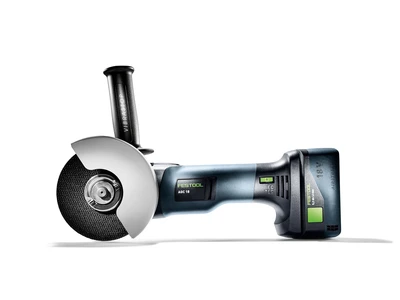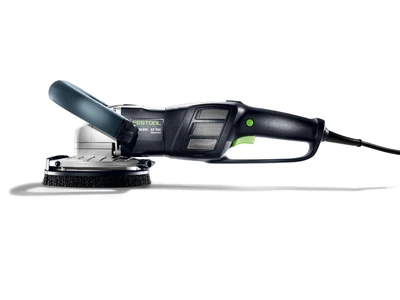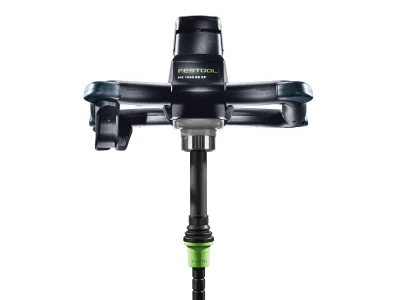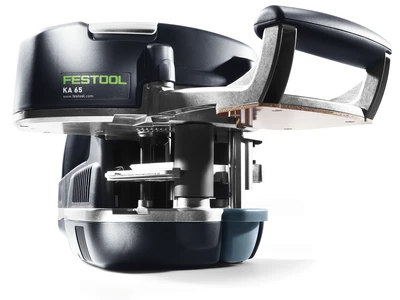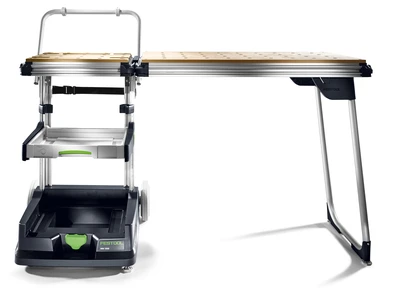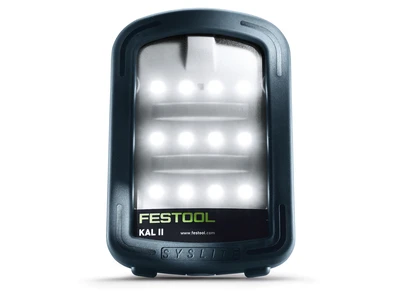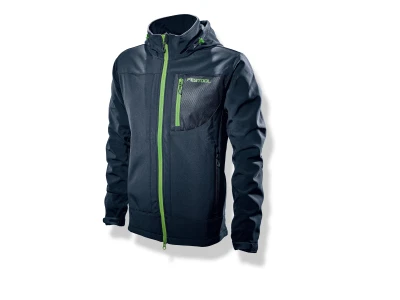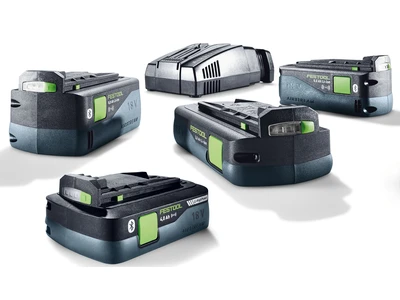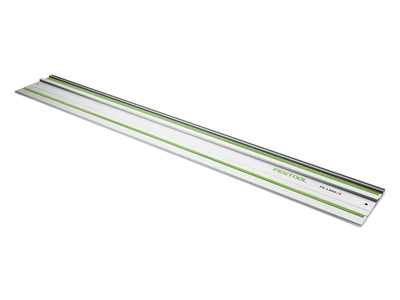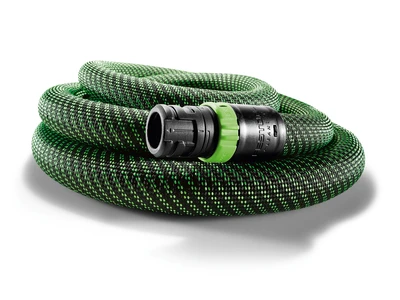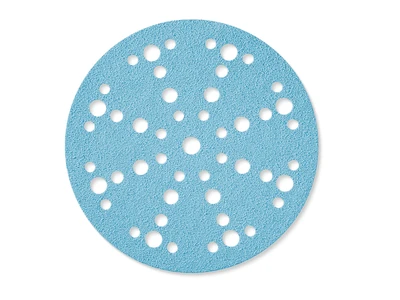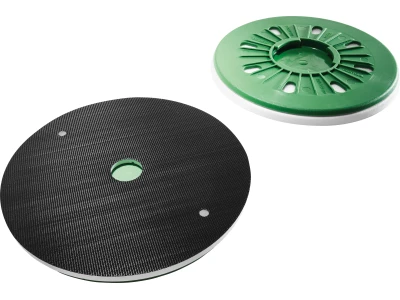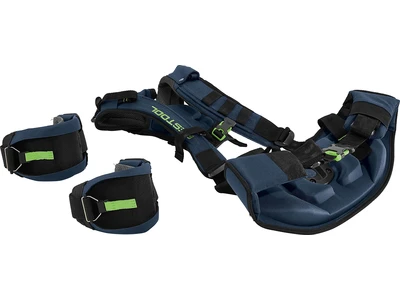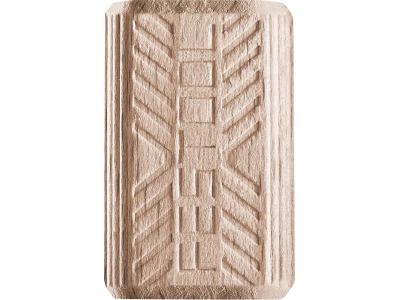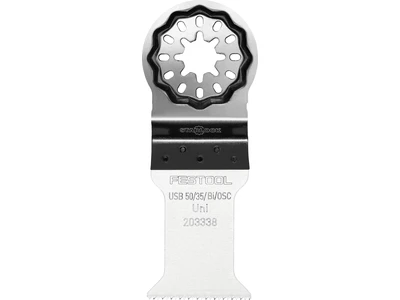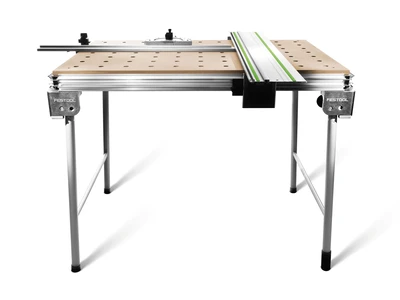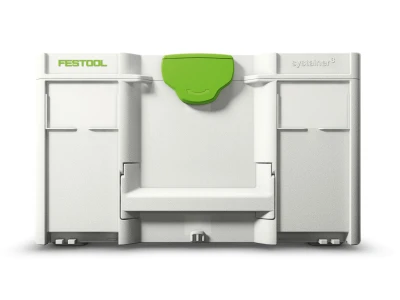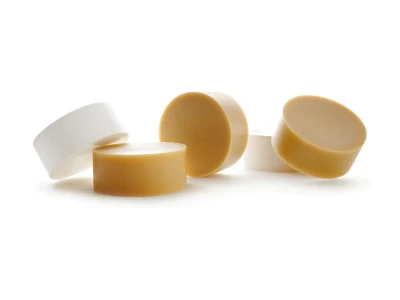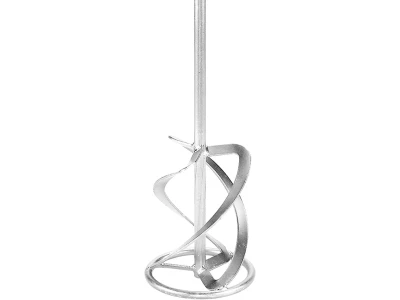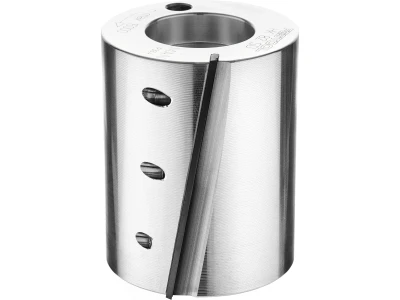
A guide to screwdriving
The right cordless screwdriver for every application
Cordless screwdrivers: Always at hand in timber construction, interior finishing and dry mortarless construction and often carried right on the belt on a clip. But which screwdriver is best suited to the different tasks and applications? One with two or maybe even four speeds? 10.8 V or 18 V batteries? An impact screwdriver, a percussion drill or a drill? A specialist tool or one for all applications? The variety of cordless screwdrivers can seem overwhelming. But one thing is clear: The only way to achieve the best result is to work with a tool that is precisely matched to the application.
The torque setting and selection of the right speed are the two most important factors for achieving a perfect screwdriving result, since they precisely adjust the screwdriving process to the screw properties, its diameter and, most importantly, the material.
Cordless impact screwdrivers are taking tradespeople by storm
Those seeking a solution only for screwdriving – with optimum performance and endurance and no strength-sapping back torque – will benefit most from the TID 18 impact screwdriver. It enables screwdriving without tiring. Cordless impact screwdrivers are significantly lighter, more compact and enable working more comfortably – especially for repetitive screwdriving tasks. The essential feature here is the extremely low back torque, made possible by the tangential hammer mechanism which minimises impact on the wrist during screwdriving. Georg von dem Bussche, Festool trainer and master carpenter, explains: "The smart T-mode is an especially practical feature of the TID 18 cordless impact screwdriver. When fitting sheet metal to wood with self-tapping screws, the tool detects the transition between the different materials and automatically adapts the speed. To drill into the sheet metal as effectively as possible, the tool starts off driving in the screw with a high speed, low torque and without impact loading. Once the torque increases due to the commencing screwdriving process in the wood, the machine independently reduces the speed and only then begins impact loading."

Several speeds for greater variety
The range of applications that are possible with the QUADRIVE TDC cordless drill and QUADRIVE TPC 18/4 cordless percussion drill with four-speed gearbox is extremely versatile. The four-speed powerhouses are ideal both for screwdriving tasks involving high torques and large diameters as well as quick and powerful drilling. As a rule of thumb, the larger the drilling diameter is, the lower speed needs to be. Festool has developed a clever solution for switching between speeds, with both tools allowing users to switch from one gear straight to another. When changing gear controls, each gear shifts into place for guaranteed safety and full control while screwdriving.

KickbackStop protects the wrist
Both QUADRIVE TDC and TPC ensures that the dangerous hand twisting is a thing of the past. The intelligent KickbackStop minimises the risk of this happening. How does it achieve that? A sensor detects a tool jam and stops the drive within a fraction of a second – before the force can be transferred to your wrist.
Drilling or screwdriving?
This is not the question that you have to ask with our cordless drills, which is why the all-rounder 18V range tools are so popular. The T 18+3 cordless drill and the C 18 cordless drill in the ergonomic C-shape are also equipped with fully electronic torque setting, the CENTROTEC quick-change system and special attachments, a brushless motor and high-performance battery packs. That makes them a universal solution for most screwdriving and drilling applications.
Many tradespeople often use maximum torque for screwdriving. With the T 18+3 and C 18 cordless drills, you can switch from maximum torque to a lower torque setting simply by pressing a button. "Our cordless drills feature fully electronic torque setting and shut-off. This is particularly useful for screwdriving, since it allows for a very precise adjustment of force and speed. And that is exactly what many tradespeople value, as they prefer screwdriving with high precision," explains master carpenter von dem Bussche and adds: "If screws are overtightened or screw heads are even shorn off, this is usually due to mistakenly using maximum torque for screwdriving. This damages both the screw and drill bit."
Many tradespeople often use maximum torque for screwdriving. With the T 18+3 and C 18 cordless drills, you can switch from maximum torque to a lower torque setting simply by pressing a button. "Our cordless drills feature fully electronic torque setting and shut-off. This is particularly useful for screwdriving, since it allows for a very precise adjustment of force and speed. And that is exactly what many tradespeople value, as they prefer screwdriving with high precision," explains master carpenter von dem Bussche and adds: "If screws are overtightened or screw heads are even shorn off, this is usually due to mistakenly using maximum torque for screwdriving. This damages both the screw and drill bit."
Quick-change system for bits, drills and tool chucks
"Precise screwdriving requires an ideal torque, a high-quality bit and a tool chuck that can be changed quickly. The bits are very important for the power transfer, which is why they need to be of a high quality. Magnetic bits and bit holders are particularly useful. Professionals appreciate it when bits, drills and attachments can be changed quickly. That is why we have combined chuck and bit holder in one with our unique Centrotec tool chuck: It is half the size and 80% lighter than comparable chucks. It fits all cordless drills from Festool with FastFix interface and enables users to change tools in a matter of seconds, which has proven to be a very popular feature in practice," confirms von dem Bussche.

Special attachments for efficient work
The EX-UNI eccentric attachment is recommended for screwdriving close to the edge. The angle can be adjusted simply by turning the ring. The same principle is used for adjusting the angle on the AN-UNI angle attachment. You no longer need to remove the attachment from the tool first. The DC UNI FF depth stop is perfect for achieving reproducible screw fittings in façade cladding or patio flooring. The rubberised protective ring prevents undesirable, visible impressions in the surface. The DD-DC depth stop is perfect for fitting drywall panels, since it allows many screws to be placed with a uniform screwdriving depth and offers an optimal view of the screwdriving site thanks to its narrow design.


Extra-small cordless drills
Compact cordless drills are particularly recommended for assembling carcasses, ceiling linings and wall cladding. The very short design, balanced weight distribution and low weight of just 900 g make it easier to work overhead or in hard-to-reach areas. The TXS (T-shape) and CXS (C-shape) cordless drills have been demonstrating their suitability for assembly tasks for more than a decade. The powerful motor is supplied with power by a 10.8 V lithium-ion battery pack. There are twelve torque settings for controlled power. Festool has also designed its TXS and CXS models for extremely precise work.

Drywall screwdriver
A high level of productivity is required for assembling drywall elements. That is why we recommend using a special cordless drywall screwdriver like the Festool DWC 18-4500 DURADRIVE. It allows screws to be placed both individually and loaded in a magazine. The cordless drywall screwdriver features a depth stop and a coupling, which makes it possible to work with a high speed during the entire screwdriving process. The power transfer is automatically interrupted once a screw has been placed at the correct screwdriving depth. This is very important to minimise the time required for filling and sanding drywall elements due to screws that are placed too deep or not deep enough. For smaller tasks, a cordless drill with the DD-DC depth stop is also a good choice.
You can find more information about the different cordless tools and their application areas at festool.com/ready


